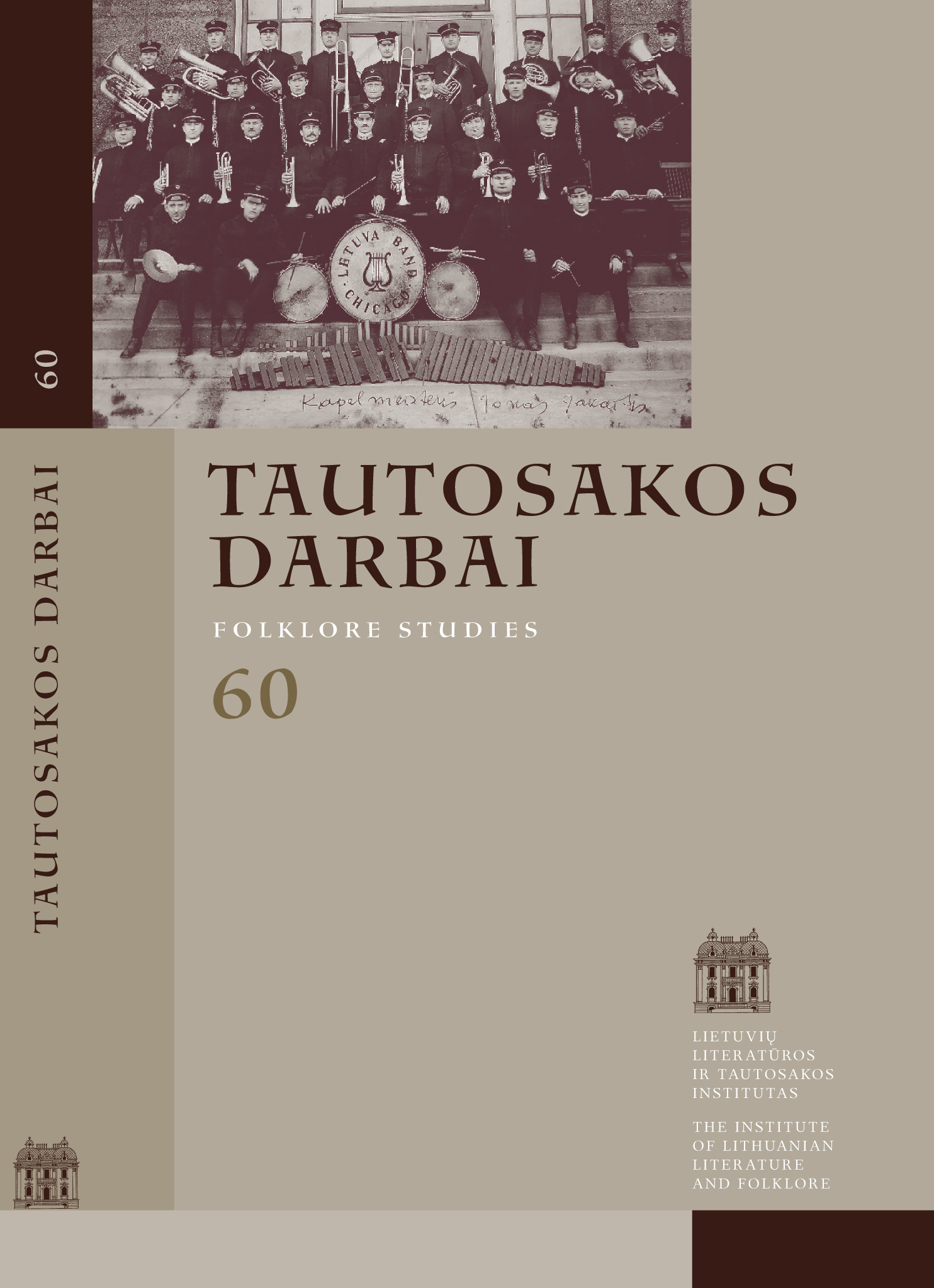Techniques for Studying Traditional Singing Style. Dynamics and Rapid Pitch Change
Abstract
Generally, a singing style (or a style of musical interpretation in general) is what is “not in the notes” or what is “between the notes”. Singing style is definitely one of the main attributes of singing (if not the main one). For example, Dmitry Pokrovsky, an “emblematic” teacher of Russian folk singing (who had a huge significance for the development of Eastern European secondary folklore as well), notes that after removing the “microform” and timbre of the performance, bearers of traditions consider such performance to belong to a foreign culture. Singing stylistics would include such areas as musical scale, intonation, dynamics, nuances of metrorhythmics, intratonal and intertonal variation, ornamentation, vocal technique, variability, and improvisation. The paper discusses two features of the traditional singing style, dynamics and various phenomena of rapid pitch change, methodology of their acoustic analysis and statistical generalization. It is limited to these features as others have already been discussed in other publications and / or limit the scope of the article. This is illustrated by examples of Lithuanian traditional singing.
Having discussed the concept of performance rules, the author notes that in the context of this paper, it is important that performance rules act as style markers. If their style-specific expressions change, the music may sound unnatural, strange, or even unacceptable. It is shown that the two rules related to the sound level – “phrase arch” and “high loud” – are not equally suitable for Lithuanian traditional singing. Several quantitative indices for the evaluation of performance dynamics are proposed; the relative sound levels of the first and the last phrase sounds, standard deviation of the sound level, and note-to-note sound level unevenness.
Further, the techniques for study of vibrato and glissando, and quantitative indices for their evaluation are discussed. In the study of ornaments, as in the study of vibrato or glissando, pitch tracks (intonograms) present the main information. However, often ornaments are not just small notes sung in turn, but rather the results of various vocal “tricks”. Therefore, in explaining the nature of the vocal technique, the information in the intonogram can be significantly supplemented by knowledge of other sound parameters, most notably the sound level curve and the spectrogram. A separate and relatively simple topic is the abundance (frequency) of intratonic variation and ornamentation. Several algorithms for its evaluation are proposed.
This paper can serve as a methodological tool for those studying the stylistics of traditional singing (and other kinds of singing, and making music in general).
Downloads
Most read articles by the same author(s)
- Austė Nakienė, Radvilė Racėnaitė, Vita Ivanauskaitė-Šeibutienė, Rytis Ambrazevičius, Lina Būgienė, Gražina Kadžytė, Rima Visackienė, Irena Žilienė, Andželika Jakubynienė, Chronicle , Tautosakos darbai: Vol. 52 (2016)
- Jurga Sadauskienė, Austė Nakienė, Rytis Ambrazevičius, Asta Skujytė-Razmienė, Radvilė Racėnaitė, Gražina Kadžytė, Modesta Liugaitė-Černiauskienė, Vita Džekčioriūtė-Medeišienė, Eligija Garšvienė, Chronicle , Tautosakos darbai: Vol. 54 (2017)
